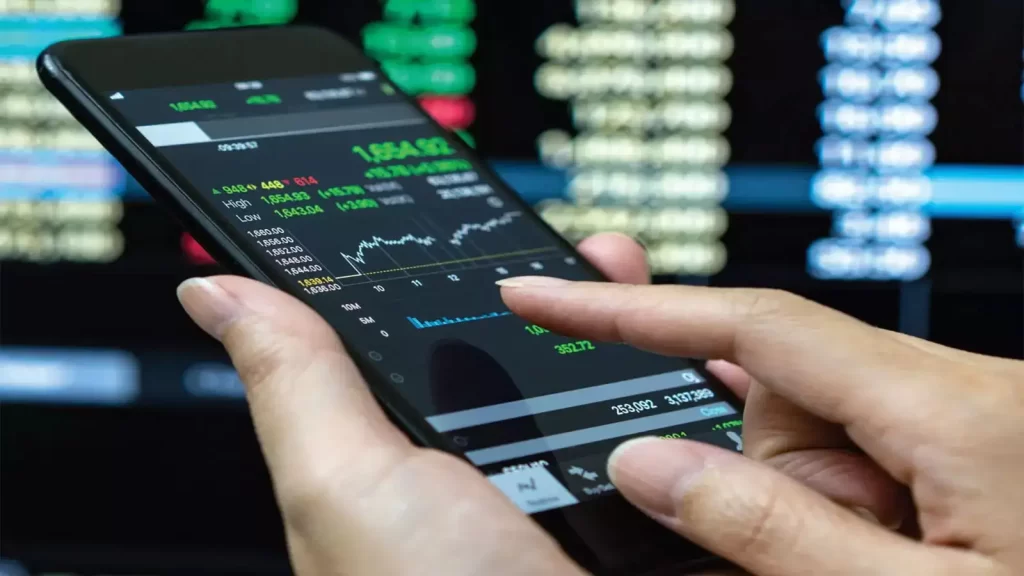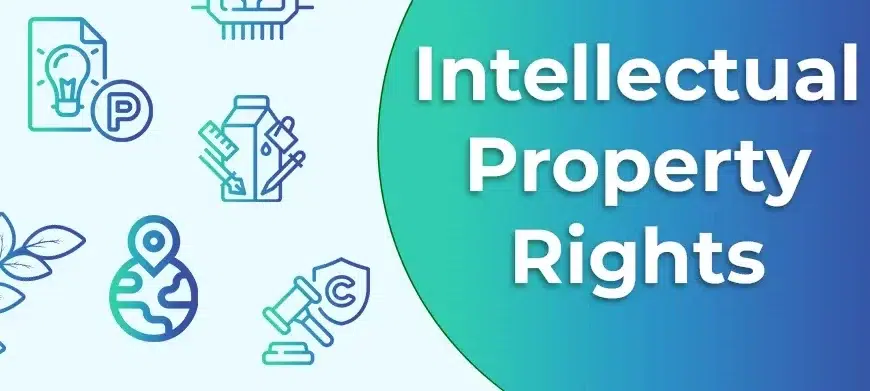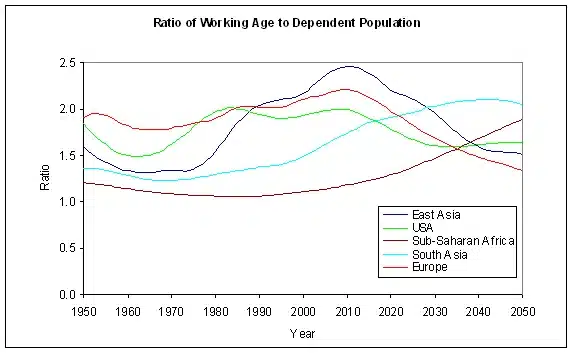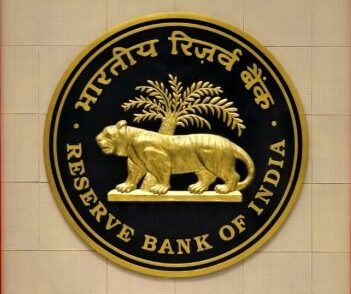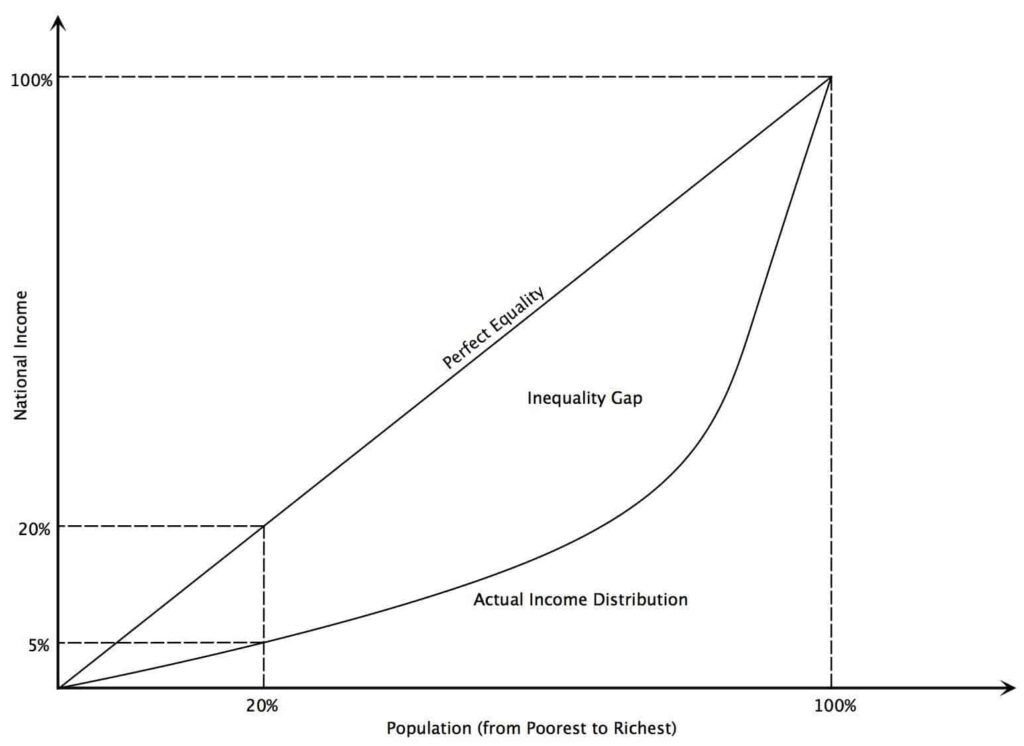Introduction of Monetary Policy
Monetary policy framed by the central bank of a country (RBI in case of India). It involves management of money supply and interest rate for achieving price stability while maintaining growth. In case of India, RBI targets one such macro economic indicators, “Inflation”.
It is through the monetary policy, RBI controls inflation in the country.
| TERM | meaning | Does RBI want it? |
|---|---|---|
| DEFLATION | fall in the prices (and fall in employment). | No |
| DISINFLATION | Fall in the prices but without causing unemployment. | yes (while fighting inflation) |
| STAGFLATION | stagnation + inflation : prices and wages rises but people can’t find jobs, companies can’t find customers. | No |
| REFLATION | policy to stop the fall in price levels, but without causing rise in the price levels (inflation). | yes |
Types of Monetary policy
- Expansionary Monetary Policy (Loose):
- It increases the supply of money in an economy by making credit supply easily available.
- Money produced through such a policy is called as cheap money. An expansionary monetary policy is required when an economy goes through a phase of recession accompanied by lower levels of growth/high levels of unemployment. But risk associated with Expansionary Monetary Policy is inflation.
- Decreasing interest rates represent a period of loosening monetary policy
- Contractionary Monetary Policy (Tight):
- It decreases the supply of money in the economy.
- Contractionary monetary is used to tackle the menace of inflation in the economy by raising the interest rates.
- Increasing interest rates on loans and credit opportunities represent a period of tightening monetary policy.
Objectives of Monetary Policy
- In India, as defined by former RBI governor C. Rangarajan, broad objectives of monetary policy are:
- To regulate monetary expansion so as to maintain a reasonable degree of price stability; and
- To ensure adequate expansion in credit to assist economic growth
- To maintain price stability, inflation needs to be controlled. The government of India sets an inflation target for every five years. RBI has an important role in the consultation process regarding inflation targeting. The current inflation-targeting framework in India is flexible in nature.
Methods for Regulation of Monetary Policy
Monetary policy regulation can be classified into two categories:
- Quantitative credit control methods and
- Qualitative credit control methods
Quantitative Credit Control Methods:
These are the instruments of monetary policy that affect over all supply of money/credit in the economy. Some are as follows:
Statutory Liquidity Ratio:
- The Statutory Liquidity Ratio refers to that proportion of total deposits which the commercial banks are required to keep with themselves in a liquid form. The commercial banks generally make use of this money to purchase the government securities under MSF (discussed later in the article).
- Thus, the Statutory Liquidity Ratio, on the one hand, is used to siphon off the excess liquidity of the banking system, and on the other, it is used to mobilize revenue for the government.
*Recently, Reserve Bank of India (RBI) has allowed banks to classify government securities borrowed from the central bank in the daily liquidity adjustment facility (LAF) under the statutory liquidity ratio (SLR), making liquidity management for banks easier.
Cash Reserve Ratio:
- The Cash Reserve Ratio (CRR) is the ratio fixed by the RBI of the total deposits of a bank in India, which is kept with the RBI in cash form.
- A Bank has to set aside this much as reserve. Bank cannot lend it to anyone. The bank earns no interest rate or profit on this.
- The more the CRR the less the money available for lending by the banks to players in the economy. RBI increases CRR to tighten money supply and lowers CRR to expand credit in the economy.
- CRR as a tool of monetary policy is used when there is a relatively serious need to manage credit and inflation.
Bank Rate:
- In basic terms, bank rate is the interest rate at which RBI provides long term credit facility to commercial banks. A change in bank rate affects the other market rates of interest. An increase in bank rate leads to an increase in other rates of interest, and conversely, a decrease in bank rate results in a fall in other rates of interest. Bank rate is also referred to as the discount rate. A deliberate manipulation of the bank rate by the Reserve Bank to influence the flow of credit created by the commercial banks is known as bank rate policy.
- An increase in bank rate results in an increase in the cost of credit or cost of borrowing. This in turn leads to a contraction in demand for credit. A contraction in demand for credit restricts the total availability of money in the economy, and hence results as an anti-inflationary measure of control.
- Likewise, a fall in the bank rate causes other rates of interest to come down. The cost of credit falls, i.e., borrowing becomes cheaper. Cheap credit may induce a higher demand both for investment and consumption purposes. More money through increased flow of credit comes into circulation. A fall in bank rate may, thus, prove an anti-deflationary instrument of control.
- Penal rates are linked with Bank Rates. For instance if a bank does not maintain the required levels of CRR and SLR, then RBI can impose penalty on such banks.
- Nowadays, bank rate is not used as a tool to control money supply, rather Liquidity Adjustment Facility (LAF) (Repo Rate) is used to control the money supply in economy.
Repo Rate:
- Rate at which banks borrow funds from RBI in short-term, also called policy rate.
- If the RBI wants to make it more expensive for the banks to borrow money, it increases the repo rate.
- Similarly, if RBI wants to make it cheaper for banks to borrow money, it reduces the repo rate.
* Reverse Repo Rate, Bank Rate and Marginal Standing Facility Rate are depends on Repo Rate. Reverse Repo Rate are lower than Repo Rate while Marginal Standing Facility Rate and Bank Rate are higher than Repo Rate. Also Bank Rate are equal to Marginal Standing Facility Rate.
Reverse Repo Rate:
- Reverse Repo is the rate at which the Central Bank (RBI) borrows from the market. This is called as reverse repo as it the reverse of repo operation.
- Repo and Reverse Repo Rates are also referred to as the Policy rates and are often used by the Central Bank (RBI) to send single to the financial system to adjust their lending and borrowing operations.
- Repo rates and reverse repo rates form a part of the liquid adjustment facility (LAF). The RBI introduced the LAF as part of the outcome of the Narasimham Committee on Banking Sector Reforms of 1998.
Marginal Standing Facility:
- Marginal Standing Facility is a liquidity support arrangement provided by RBI to commercial banks if the latter doesn’t have the required eligible securities above the SLR limit.
- It is a window for banks to borrow from the Reserve Bank of India in an emergency situation when inter-bank liquidity dries up completely.
- The MSF was introduced by the RBI in its monetary policy for 2011-12.
- Under MSF, a bank can borrow one-day loans from the RBI, even if it doesn’t have any eligible securities excess of its SLR requirement (maintains only the SLR). This means that the bank can’t borrow under the repo facility.
- MSF rate and the Repo rate: The bank has to give higher interest rate to the RBI. The interest rate for MSF borrowing was originally set at one percent higher than the repo rate. As on November 2017, the RBI has lowered the difference between repo rate and MSF to 0.25%.
- The MSF rate and Bank rate are equal.
*Corridor: The Corridor in monetary policy of the RBI refers to the area between the reverse repo rate and the MSF rate. Reverse repo rate will be the lowest of the policy rates whereas Marginal Standing Facility is something like an upper ceiling with a higher rate than the repo rate. The MSF rate and reverse repo rate determine the corridor for the daily movement in the weighted average call money rate.
Open Market Operations (OMOs):
- It refers to buying and selling of government securities in open market in order to expand or contract the amount of money in the banking system. This technique is superior to bank rate policy. Purchases inject money into the banking system while sale of securities do the opposite.
- It is a common misconception that OMOs change the total stock of government securities, but in reality they only change the proportion of Government Securities held by the RBI, commercial and co-operative banks.
- The Reserve Bank of India has frequently resorted to the sale of government securities to which the commercial banks have been generously contributing. Thus, open market operations in India have served, on the one hand as an instrument to make available more budgetary resources and on the other as an instrument to siphon off the excess liquidity in the system.
Market Stabilisation Scheme (MSS)
- This instrument for monetary management was introduced in 2004.
- Surplus liquidity of a more enduring nature arising from large capital inflows is absorbed through sale of short-dated government securities and treasury bills.
- The cash so mobilised is held in a separate government account with the Reserve Bank.
How these quantitative tools are used to fight against inflation and deflation are given below :
| Policy | Dear money | Cheap money |
|---|---|---|
| Tool | To fight inflation | To fight deflation |
| Reserve Ratio (CRR, SLR) | Increase them. | Decrease them. |
| Open Market Operation (OMO) | RBI sell securities | RBI buy securities |
| Bank Rate | Increase it | Decrease it |
| Repo rate | Increase it | Decrease it |
Qualitative Credit Control Methods
These are those tools through which the Central Bank not only controls the value of loans but also the purpose for which these loans are assigned by the commercial banks. Some of these are:
Moral Suasion:
- Moral suasion means persuasion and request.
- To arrest inflationary situation Central Bank persuades and requests the commercial banks to refrain from giving loans for speculative and non-essential purposes.
- On the other hand, to counter deflation Central Bank persuades the commercial banks to extend credit for different purposes.
- Under Moral Suasion, RBI issues periodical letters to bank to exercise control over credit in general or advances against particular commodities.
Rationing of credit:
- Rationing of credit is a method by which the Reserve Bank seeks to limit the maximum amount of loans and advances, and also in certain cases fix ceiling for specific categories of loans and advances. RBI also makes credit flow to certain priority or weaker sectors by charging concessional rates of interest. This is at times also referred to as Priority Sector Lending.
Regulation of Consumer Credit:
- Now-a-days, most of the consumer durables like Cars, Televisions, and Laptops, etc. are available on installment basis financed through bank credit. Such credit made available by commercial banks for the purchase of consumer durables is known as consumer credit.
- If there is excess demand for certain consumer durables leading to their high prices, Central Bank can reduce consumer credit by (a) increasing down payment, and (b) reducing the number of installments of repayment of such credit.
- On the other hand, if there is deficient demand for certain specific commodities causing deflationary situation, Central Bank can increase consumer credit by (a) reducing down payment and (b) increasing the number of installments of repayment of such credit.
Direct action:
- This method is adopted when a commercial bank does not co-operate with the central bank in achieving its desirable objectives. Direct action may be as:
- Central banks may charge a penal rate of interest over and above the bank rate upon the defaulting banks;
- Central bank may refuse to rediscount the bills of those banks which are not following its directives;
- Central bank may refuse to grant further accommodation to those banks whose borrowings are in excess of their capital and reserves.
Margin Requirements:
- Generally, commercial banks give loan against ‘stocks or ‘securities’. While giving loans against stocks or securities they keep margin. Margin is the difference between the market value of a security and its maximum loan value. Let us assume, a commercial bank grants a loan of Rs. 8000 against a security worth Rs. 10,000. Here, margin is Rs. 2000 or 20%.
- If central bank feels that prices of some goods are rising due to the speculative activities of businessmen and traders of such goods, it wants to discourage the flow of credit to such speculative activities. Therefore, it increases the margin requirement in case of borrowing for speculative business and thereby discourages borrowing. This leads to reduction is money supply for undertaking speculative activities and thus inflationary situation is arrested.
Limitations of Monetary Policy
The monetary policy of Reserve bank has played only a limited role in controlling the inflationary pressure. It has not succeeded in achieving the objective of growth with stability.
- The existence of black money in the economy limits the working of the monetary policy. Black money is not recorded since the borrowers and lenders keep their transactions secret.
- Informal money lenders on a large scale in countries like India but they are not under the control of the monetary authority. This factor limits the effectiveness of monetary policy in such countries.
- An important limitation of monetary policy arises from its conflicting objectives. To achieve the objective of economic development, the monetary policy is to be expansionary but contrary to it is to achieve the objective of price stability and curb on inflation. It can be realized by contracting the money supply. The monetary policy generally fails to achieve a proper coordination between these two objectives.
- Another limitation of monetary policy in India is underdeveloped money market. The weak money market limits the coverage, as also the effecient working of the monetary policy.
Different Stance of Monetary Policy
- Hawkish Monetary Policy Stance : Whenever RBI says that the Monetary Policy Stance is Hawkish, it means there would be a rate hike.
- Dovish Monetary Policy Stance : This stance is taken when the economy is not growing and the government wants to guard against deflation. Hence, this monetary policy stance involves low interest rates.
- Accommodative Monetary Policy Stance : This happens when a central bank (RBI) attempts to expand the overall money supply to boost the economy when the economic growth is slowing down. The major aim is to increase spending. This is also known as “easy monetary policy”.
- Neutral Monetary Policy Stance : In this case, economic conditions are just right. The Key Policy Rates are neither increased nor decreased.
Monetary Policy Committee
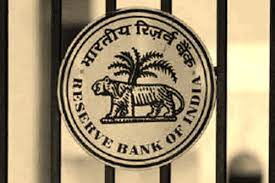
- The Reserve Bank of India Act, 1934 (RBI Act) was amended by the Finance Act, 2016, to provide for a statutory and institutionalized framework for a Monetary Policy Committee, for maintaining price stability, while keeping in mind the objective of growth.
- Section 45ZB of the amended RBI Act, 1934 provides for an empowered six-member monetary policy committee (MPC) to be constituted by the Central Government by notification in the Official Gazette.
- The Monetary Policy Committee is entrusted with the task of fixing the benchmark policy rate (repo rate) required to contain inflation within the specified target level.
- The amended RBI Act also provides for the inflation target to be set by the Government of India, in consultation with the Reserve Bank, once in every five years.
- Hence, the government in 2016 gave a mandate to the RBI to keep the retail inflation at 4 per cent with a margin of 2 per cent on either side for a five-year period ending March 31, 2021.
- The inflation target for the period April 1, 2021 to March 31, 2026 under the Reserve Bank of India Act 1934 has been kept at the same level as was for previous 5 years.
- The MPC will have six members : the RBI Governor (Chairperson), the RBI Deputy Governor in charge of monetary policy, one official nominated by the RBI Board and the remaining three members would represent the Government of India. These Government of India nominees are appointed by the Central Government based on the recommendations of a search cum selection committee.
- Usually, Monetary Policy Committee of the Reserve Bank of India meets every two months to take key decisions on the Monetary Policy of the Country.
- Under the amended RBI Act, the monetary policy making is as under:
- The MPC is required to meet at least four times in a year.
- The quorum for the meeting of the MPC is four members.
- Each member of the MPC has one vote, and in the event of an equality of votes, the Governor has a second or casting vote.
At Present, the MPC consists of the following six members which are mentioned in the table below:
| Chairperson (Governor of the Reserve Bank of India) | Shri Shaktikanta Das |
| In-charge of Monetary Policy | Dr. Michael Debabrata Patra |
| Member 1 | Dr. Shashanka Bhide |
| Member 2 | Dr. Ashima Goyal |
| Member 3 | Prof. Jayanth R. Varma |
| Member 4 | Dr. Mridul K. Saggar |
Also refer :
- Top 50 Science MCQs For Competitive Exams
- Know About The Different Financial Sector Regulators In India

